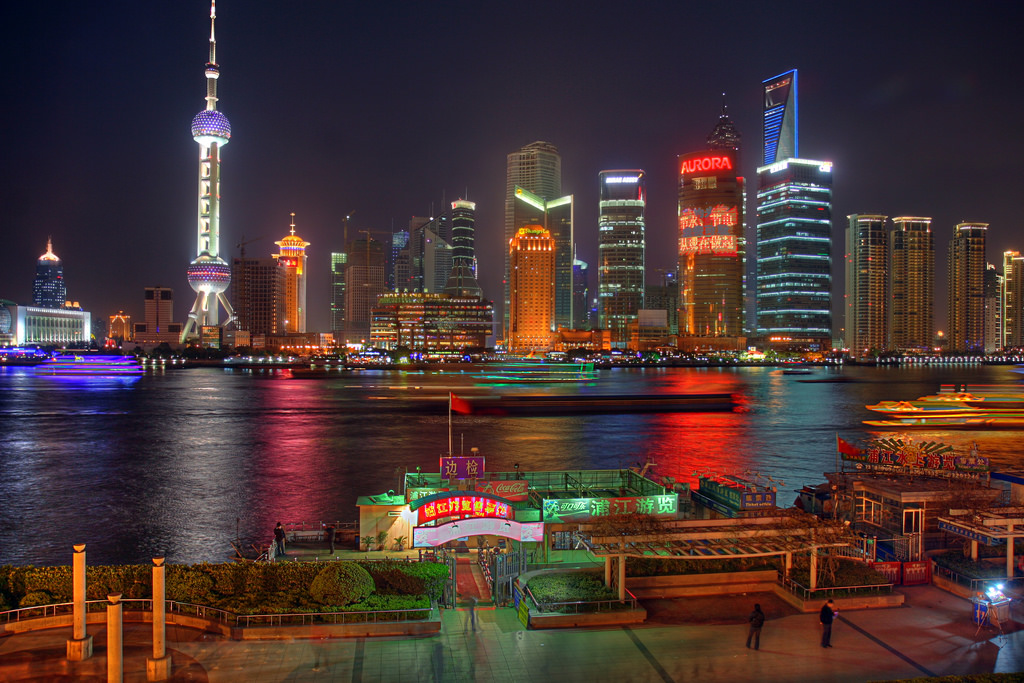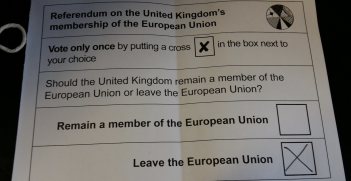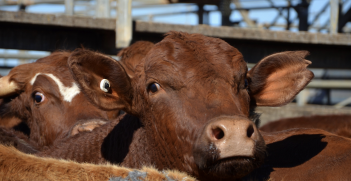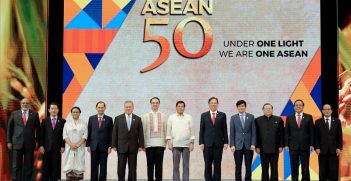The China Model: Economic Statecraft in Action

Armed with purpose, power and wealth, Chinese policymakers should be able to deploy China’s vast economic resources for strategic purposes. However, the scale of China’s political-industrial complex and the extent of its leaders’ ambitions create a potent delegation dilemma that undermines the effectiveness of China’s economic statecraft.
Never in world history has one government had so much control over so much wealth. China has the world’s second largest economy, its largest capital surplus and a massive domestic market. The world’s four largest banks are Chinese. China has three companies ranked in Fortune’s top 10 and 15 in the top 100. The world’s fourth and eighth largest sovereign wealth funds are Chinese. And they are all owned and controlled by the Chinese government. So how does China use economic resources to advance its foreign policy goals?
Economic statecraft is when political leaders intentionally use economic resources to exert influence in pursuit of foreign policy objectives. It is distinguished by its political purpose: the pursuit of power rather than plenty. China’s economic statecraft deploys both carrots and sticks: providing overseas investment and foreign aid, offering favourable trade deals or imposing trade sanctions and even promoting or freezing tourism.
History lessons and state power
Since its earliest days, the People’s Republic of China has been both a target and practitioner of economic statecraft. For Chinese strategists, this history demonstrates the power of economic statecraft and reveals the diverse ways in which economic resources can be used to advance foreign policy. They have also learned that economic statecraft need not be a zero-sum game: economic initiatives can benefit both the donor and recipient while yielding important diplomatic benefits for Beijing.
After 1949, rapid state-led industrialisation enabled the Chinese Communist Party to build a modern industrial economy. As China transitioned into a developmental state during the reform era, policymakers sought to harness market forces while retaining key elements of the planned economy: powerful economic planning agencies, large state-owned enterprises (SOEs) and state control over the financial sector. Even as China emerged as a global economic power, the Party strengthened many of its oversight mechanisms including Party cells within enterprises and the Central Commission for Discipline Inspection.
These historical lessons and China’s expansive economic influence have encouraged Chinese leaders to adopt a distinctive, ambitious approach to economic statecraft.
The China model
China’s economic statecraft deploys a wide array of economic resources and techniques. Chinese policymakers prefer ‘win-win’ initiatives designed to advance economic, strategic and diplomatic objectives in one thrust. To do so, they depend upon the state, relying heavily on state-owned companies and banks, economic agencies and regional officials.
Given China’s combination of wealth, power and purpose, Beijing should have the world’s most influential program of economic statecraft. However, China’s very scale and the extent of political authority and ambition create a fundamental problem, revealed by principal-agent theory.
Beijing’s principal-agent problems
Principal-agent theory was developed to explain the problems that managers face in overseeing their workers in a modern firm. Once the manager (principal) delegates authority to a subordinate (agent), the agent’s own preferences, greater access to information and autonomy of action limit the principal’s ability to control the agent.
Chinese leaders face multiple types of principal-agent problems. They must ensure that the government agencies responsible for designing economic statecraft are operating largely in concert with one another. Coordinating across these vast and diverse agencies, each with their own set of preferences, is rendered even more difficult by the need for these agencies to incentivise and monitor the wide array of commercial actors and regional officials responsible for implementing much of China’s economic statecraft.
Many of the distinctive aspects of China’s economic statecraft—its strengths and weaknesses—are in response to this delegation dilemma.
Chinese policymakers, for instance, play a particularly active role in China’s economic statecraft, bringing delegations of business people along on diplomatic visits to announce generous purchases or investments. China’s economic statecraft is dominated by economic agencies, while its diplomats often take a back seat since these agencies have direct oversight of Chinese firms. Chinese policymakers also prefer economic statecraft techniques that align commercial or economic interests with their foreign policy goals, such as infrastructure projects incorporating contracts for Chinese firms.
China relies primarily upon economic engagement: expanding investment and trade with a target country in the hope that eventually the country’s leaders will respect Chinese interests. Meanwhile, such initiatives usefully advance the interests of a range of domestic actors. For the same reason, Beijing prefers incentives over sanctions, and usually follows up punitive measures with more generous rewards.
Does it work?
The strengths of the China model are also its weaknesses. State authority over the economy eases Beijing’s engagement efforts, but also means that local residents blame ‘China, Inc.’ whenever Chinese firms misbehave abroad. The diversity of China’s economic actors—from large SOEs to nimble private firms to individual entrepreneurs—enables economic engagement, but also exacerbates China’s disruptive impact, feeding animosity. Cross-border ethnic links facilitate investment and trade ties but blur national distinctions, impeding effective oversight and enforcement by PRC officials.
Delegating authority to local officials and SOEs also encourages them to act in ways that stretch or distort central-level priorities through policy advocacy and project implementation. China’s oil and gas pipelines across Myanmar, for instance, emerged through a bottom-up process driven by Yunnan officials and SOEs, despite their questionable contribution to China’s energy security. Providing political backing for Chinese companies also fosters a classic moral-hazard problem. Chinese firms may feel free to act in a fiscally irresponsible manner because they face little financial consequences.
Implications for Australia
A healthy relationship with China begins with clarity. Chinese SOEs’ relationships with their government is not the same as a US or European corporation. No Chinese company—private or public—can afford to ignore a request from powerful government officials. However, China’s political priority in Australia is to foster a domestic environment welcoming of Chinese investment and trade, something Beijing has rarely done effectively. China is unlikely to try to leverage its economic influence through coercion of Australia, and even less likely to succeed.
Australia has built up a remarkably profitable economic relationship with China—maintaining a considerable trade surplus and attracting Chinese investment, tourists and students—all while bolstering its security relationships with the US and with Asian neighbours and adopting a critical stance on issues such as the South China Sea.
Australia should maintain its robust regulatory system for foreign investment and remain wary of foreign influence in domestic politics. However, Australians need not be fearful of maintaining a robust economic relationship with China.
James Reilly is an associate professor in the Department of Government and International Relations at the University of Sydney. He will be giving a presentation at AIIA NSW titled ‘The China Model: Beijing’s Economic Statecraft in Asia and Europe’ on Tuesday, 1 August at 18:00.
This article is published under a Creative Commons Licence and may be republished with attribution.





